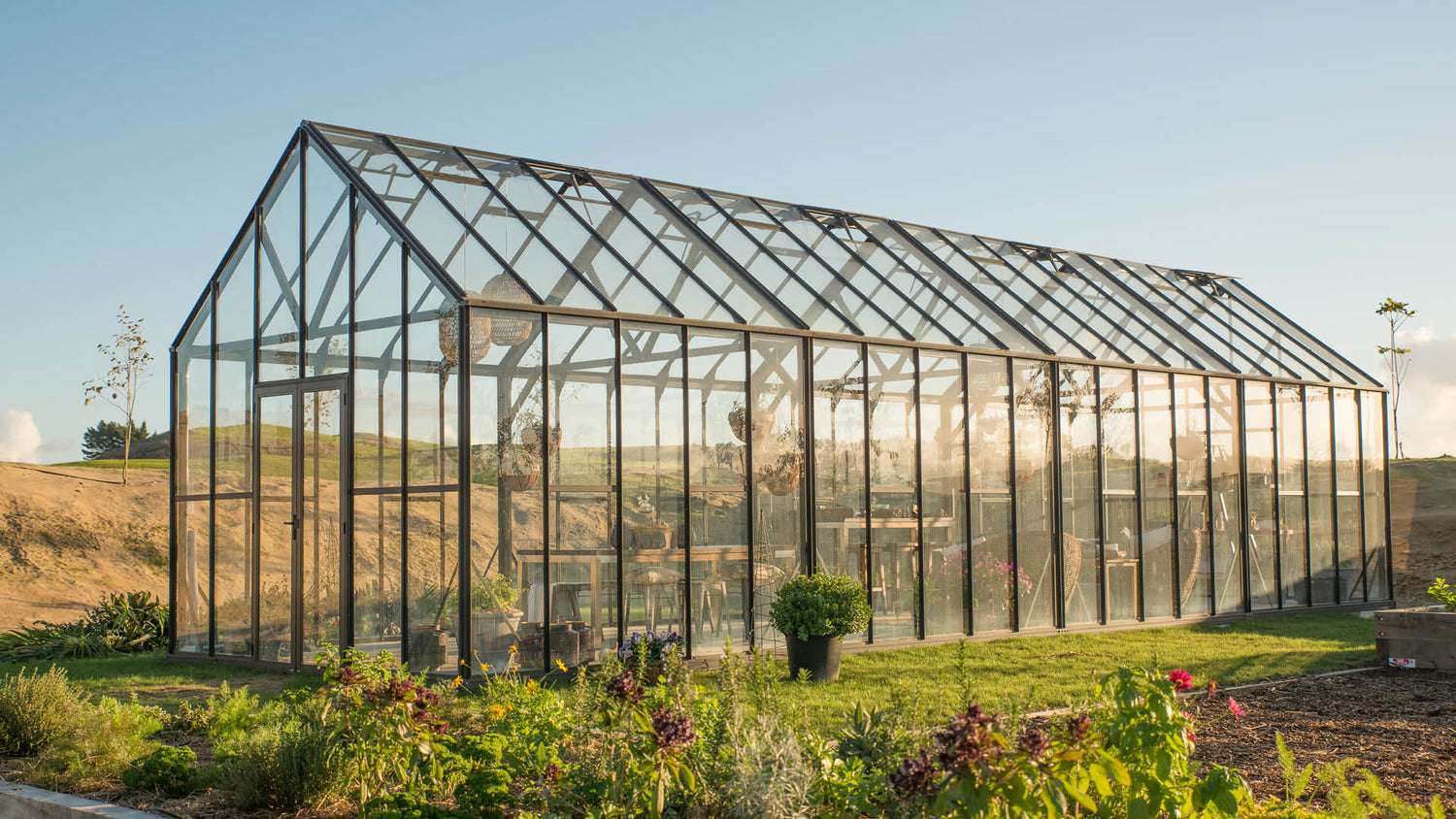Monarch Greenhouse Utah: Raising Expanding Areas with Precision Construction
Wiki Article
The Future of Greenhouses: Technologies in Lasting Agriculture
Are you interested concerning the future of greenhouses and exactly how they are transforming lasting farming? Look no more! In this article, we will certainly explore the interesting advancements that are leading the way for a greener and more reliable farming sector. From innovative environment control systems to upright farming techniques, water-efficient watering approaches, renewable resource assimilation, and clever information analytics, these advancements are changing the means we grow our food. Get ready to find the future of sustainable agriculture in greenhouses!Advanced Climate Control Solution
To achieve optimal expanding problems, you can rely upon the improvements in greenhouses with sophisticated environment control systems. These systems have actually changed the method we grow crops, offering a regulated setting that is favorable to plant development. With these ingenious systems, you can currently adjust temperature level, moisture, light levels, and also CO2 focus to produce the excellent problems for your plants to thrive.One of the crucial features of these advanced climate control systems is their capacity to regulate temperature level. By utilizing sensors and automated controls, the greenhouse can change the temperature based upon the details demands of the plants. This makes certain that they are never revealed to extreme warmth or chilly, which can be damaging to their development.
Moisture control is an additional essential element of these systems. By maintaining the perfect humidity degrees, you can stop problems such as mold and mildew, mold, and illness from affecting your plants. These systems can also manage the quantity of light that gets to the plants, making sure that they receive the optimum quantity for photosynthesis.
Furthermore, advanced climate control systems can even adjust CO2 focus. By raising the levels of carbon dioxide in the greenhouse, you can boost plant development and efficiency. This is especially advantageous in locations with reduced all-natural carbon dioxide degrees.
Vertical Farming Techniques
One vital upright farming technique is using stacked growing systems. Stacked growing systems are commonly used in city locations where space is restricted.One prominent method is understood as upright hydroponics, where plants are expanded in nutrient-rich water without dirt. This method is highly efficient as it reduces water usage by as much as 90% contrasted to standard farming approaches. In addition, considering that the plants are expanded indoors, they are safeguarded from diseases and bugs, decreasing the need for pesticides.
An additional strategy is aeroponics, which involves putting on hold the plant origins in a haze or air setting. This technique allows for optimal nutrient absorption and oxygenation, causing faster development and greater returns. Aeroponics likewise utilizes much less water than standard farming and can be applied in upright systems, making it a popular selection for vertical farming.
Water-efficient Irrigation Methods
Maximizing water preservation is essential when it involves applying water-efficient watering methods in sustainable farming. With global water deficiency coming to be a pushing concern, it is important to create ingenious strategies that optimize water usage in greenhouse operations.One promising method is drip irrigation, which supplies water straight to the plant origins, decreasing waste and dissipation. By making use of a network of tubes with small emitters, water is applied gradually and specifically, making sure that plants obtain the essential dampness without excess drainage.
One more effective technique is the usage of dirt wetness sensing units. These tools determine the wetness content in the find more dirt and provide real-time information to farmers. By keeping an eye on the soil's moisture degrees, farmers can accurately identify when and how much water to apply, avoiding over-irrigation.
Moreover, the implementation of rain harvesting systems is obtaining popularity in greenhouse farming. Gathering rain from roofs and keeping it in tanks permits farmers to use this natural deposit for irrigation objectives, reducing dependence on typical water resources.
Last but not least, the adoption of automated irrigation systems can substantially boost water efficiency. These systems utilize sensing units to discover soil wetness degrees and climate condition, changing watering schedules as necessary. By optimizing water use based upon real plant requirements, these systems can reduce water waste and advertise lasting farming methods.
Renewable Resource Assimilation
Sustainable power integration in greenhouses offers numerous advantages, consisting of minimized operating expenses and lowered dependence on non-renewable power resources. The produced power can after that be utilized to run numerous operations within the greenhouse, such as lighting, ventilation, and home heating systems. These wind turbines harness wind power and transform it into electrical energy, which can be used to supplement the energy demands of the greenhouse.Smart Data Analytics and Automation
To enhance the effectiveness of your greenhouse procedures and enhance resource application, consider executing smart information analytics and automation. Smart data analytics entails collecting great post to read and examining information from numerous sensing units and tools within your greenhouse.
Automation, on the various other hand, includes utilizing innovation to automate tasks that were previously done by hand. This can include automating the control of lights, air flow, watering systems, and nutrient distribution. By automating these procedures, you can make sure that your plants receive the appropriate problems and nutrients at the appropriate time, without the demand for consistent hands-on intervention. This not only conserves you time and initiative yet likewise minimizes the danger of human mistake.
Additionally, wise information analytics and automation can collaborate synergistically. The information collected by sensing units can be used to notify automated systems, enabling them to make real-time adjustments based on the current conditions. This integration of data analytics and automation can cause much more accurate and reliable resource allowance, ultimately causing greater yields and far better crop quality.
Conclusion
In verdict, the future of greenhouses in lasting farming looks promising. With advanced climate control systems, upright farming methods, water-efficient watering approaches, and sustainable energy combination, greenhouses are becoming more environmentally pleasant and efficient.useful content

By maximizing water use based on actual plant demands, these systems can minimize water waste and advertise lasting farming techniques.

Report this wiki page